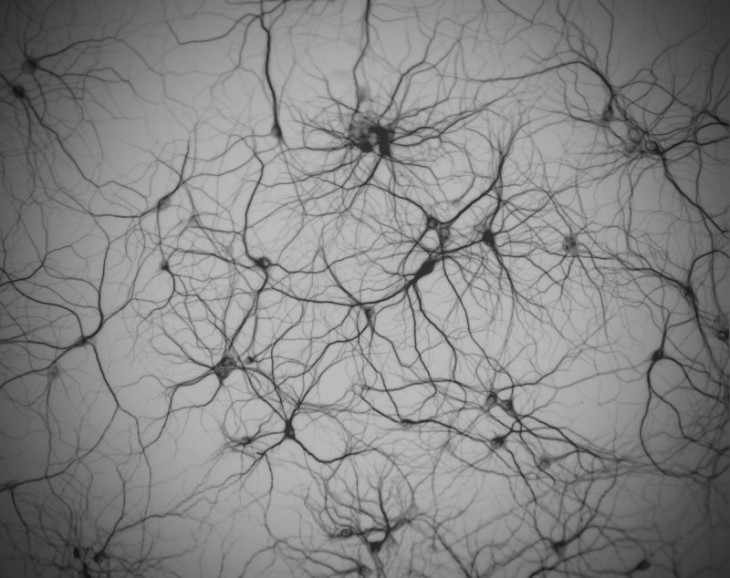DELEUZE & GUATTARI’S A THOUSAND PLATEAUS (1980-1987)
“RHIZOME”
Where there is an end, there is a beginning. This phrase was flashing in my mind the whole time I was reading the writing.
What is achieved is nothing rather that the understanding of how things are. The way the writers wrote it has never been clearer.
The idea of not concluding anything, never define things, never systematize any seem-to-be-related things might not make sense in the Western.
But in the other hand, from the eye of the Western, it all make sense in the Eastern. (or at least Asia)
Rhizome is everywhere where I am from. Cuisine, Infrastructure, Religion etc.
Is it better? I think it’s purer.
Also more constructive if you know how to extract the essence.
Rhizome is a type of root that grows under the soil in a lateral direction.
It has no center-point, to beginning or end, no middle point, no heir achy involved.
It is just an assemblage of heterogeneities.
This is to explain the multiplicity and to oppose this concept
to the arborescent model of the “Tree Structure” (for example : Chomsky’s Tree Structure)
Always comparatively,
A rhizome works with planar and trans-species connections, while an arborescent model works with vertical and linear connections.
The authors also introduced the 6 Principles of Rhizome … 1+2 Connection of rhizome : Rhizome, at any point, can connect with any heterogeneity. It develops by connecting multiple points and as they connect, they increase their dimension and later become an assemblage. “A rhizome ceaselessly establishes connections between semiotic chains, organizations of power, and circumstances relative to the arts, sciences, and social struggles. A semiotic chain is like a tuber agglomerating very diverse acts, not only linguistic, but also perceptive, mimetic gestural, and cognitive : there is no language in itself, nor are there any linguistic universals, only a throng of dialects, patois, slangs, and specialized languages.” (pp7) 3 Multiplicity : There is no unity in Rhizome to serve as a pivot point in the object, or to divide in the subject. “A multiplicity has neither subject nor object, only determinations, magnitudes, and dimensions that cannot increase in number without the multiplicity changing in nature” (pp8) 4 Asignifying Rupture : If you break a Rhizome at any point, it can start growing again on it’s old line or on a new line and reform itself elsewhere. One example Deleuze and Guattari used to explain movements of deterritorialization (break) and processes of reterritorialization (reform). These two stages are related, connected, caught up in one another? The orchid deterritorializes by forming an image, a tracing of a wasp; but the wasp reterritorializes on that image. The wasp is not only deterritorialized, by being a part in the orchid’s reproductive apparatus. But also it reterritorializes the orchid by delivering the pollen. Wasp and orchid, as heterogeneous elements, form a rhizome. 5+6 Cartography / Decalcomania : Comparatively, Rhizome is like a map and not a tracing. You can enter Rhizome at any point. It’s never finished. The rhizome as more like a map then a tracing. They compare them by describing the map as a performance where as a tracing “always involves an alleged ‘competence’. For me, the map is more open then the tracing. The tracing is much more about trying to capture exactly what something is and being able to recreate it. At the same time, it is hard because the map and the tracing are not meant to be two spectrums with the map being good and the tracing being bad. They even point out that part of the map is it can be traced and that the rhizome many times contains redundancy. It’s not the case that rhizomes are good and arborescent growths are bad at all, at all, at all. When Deleuze and Guattari speak of how to prudently construct a Body without Organs they circumspectly advise of always having spare land to reterritorialize, always be able to regroup, set roots, however temporary, observe opportunities rather than be carried away in pure turbulence. The concept of rhizome is a rejection of traditional genealogy. It is the path through something new; variations, conquests, expansions. The rhizome is a rejection of the assumptions and history of the dominant class. However, the rhizome is not an anthropological study of culture, but rather a living organic continuous effort of free the forces that have been constrained. The Principle of rhizome can and should be used as a tool to explain various of things. The social interaction, Facebook, or the habit of people on a particular incidence. Conversely, you can use them to question the existing tree structure of conventional system. Where it is an end, there is a beginning. Picture Credit : ” Neuron-network1″,extracted from MCRUSELLS (2013) on
http://theonescience.files.wordpress.com/2013/01/neuron-network1.jpg
